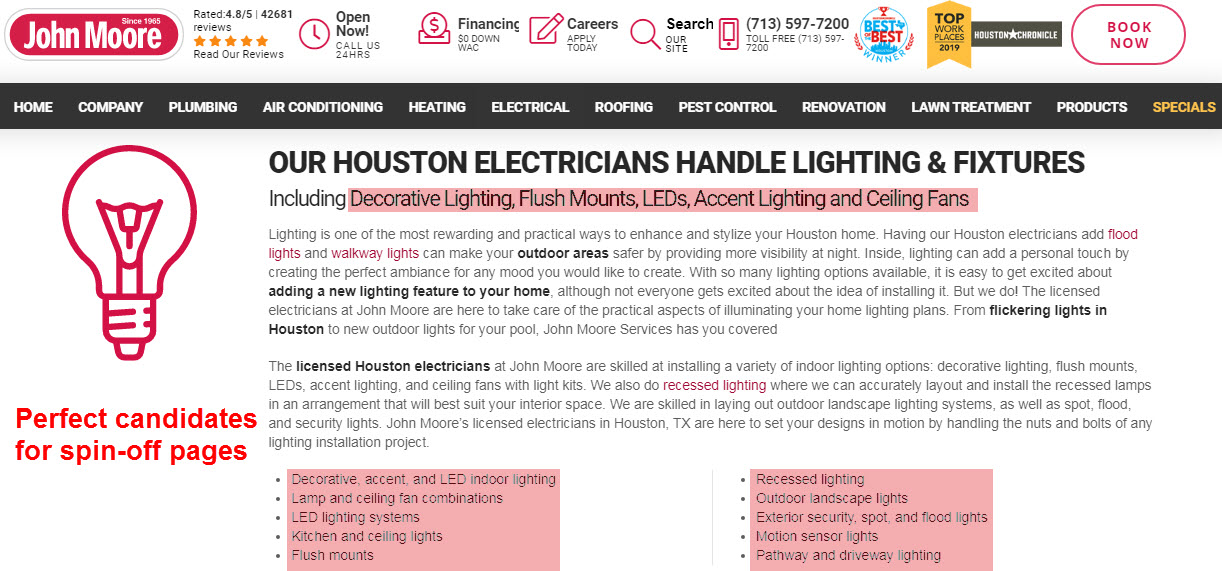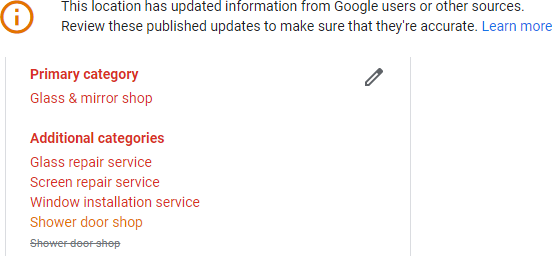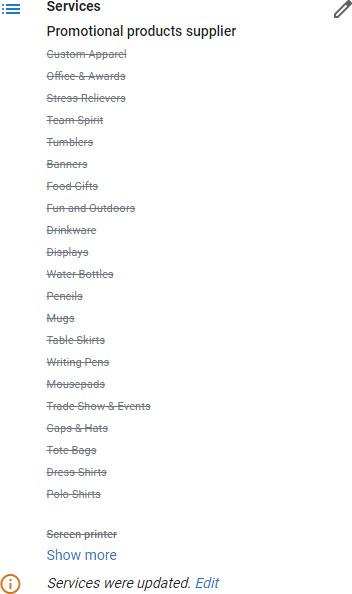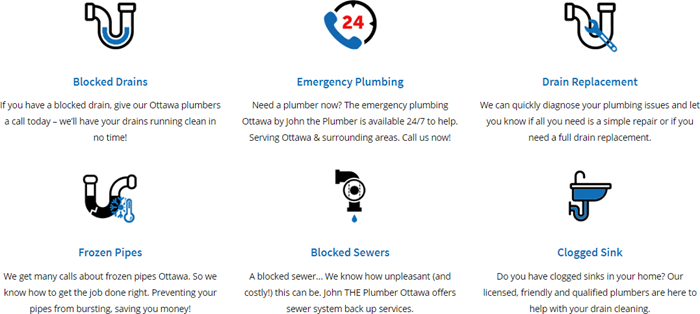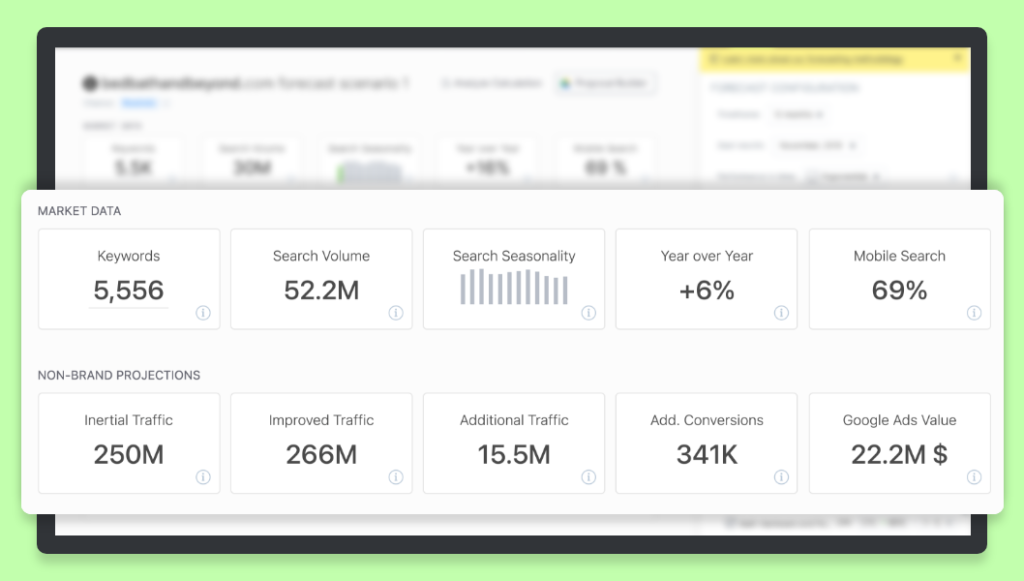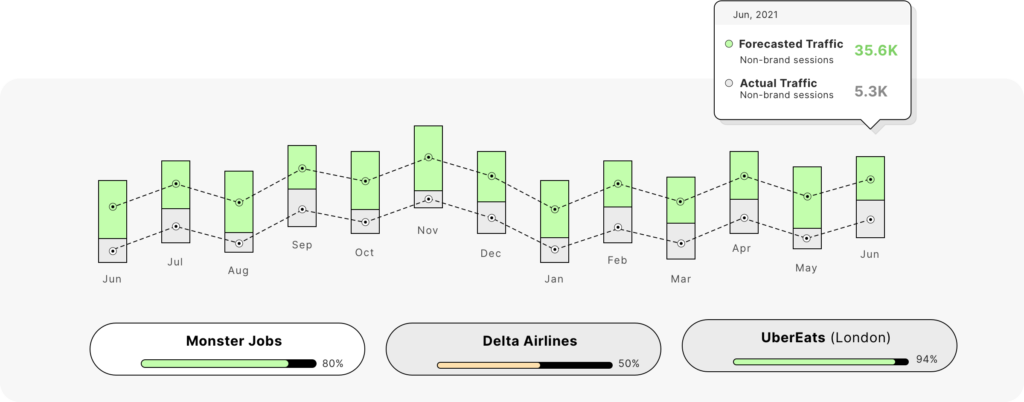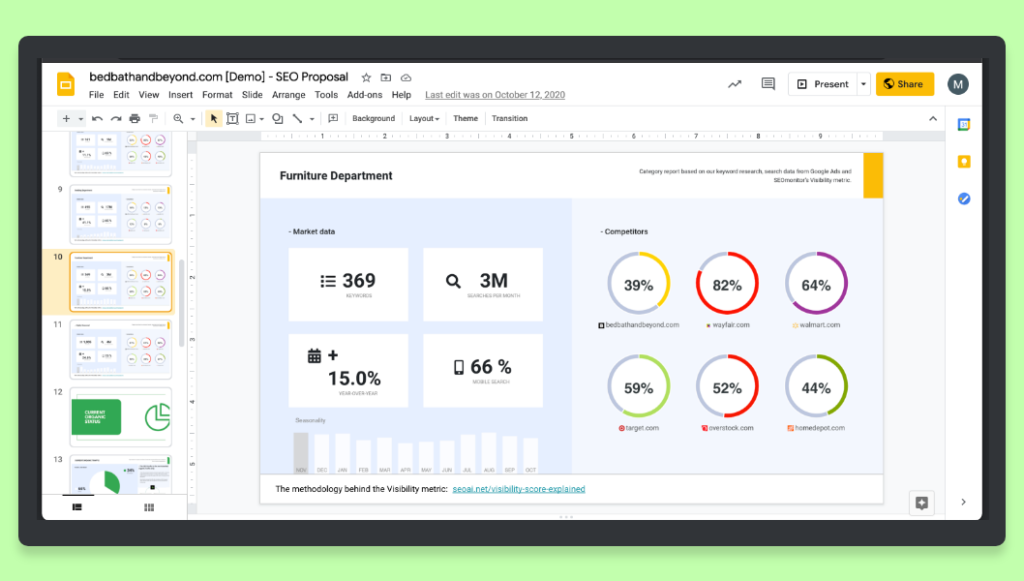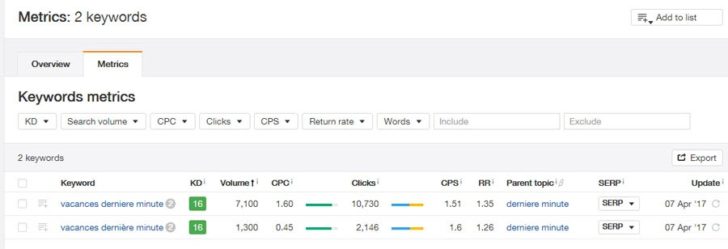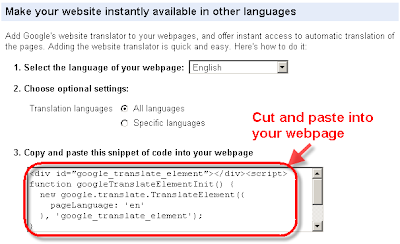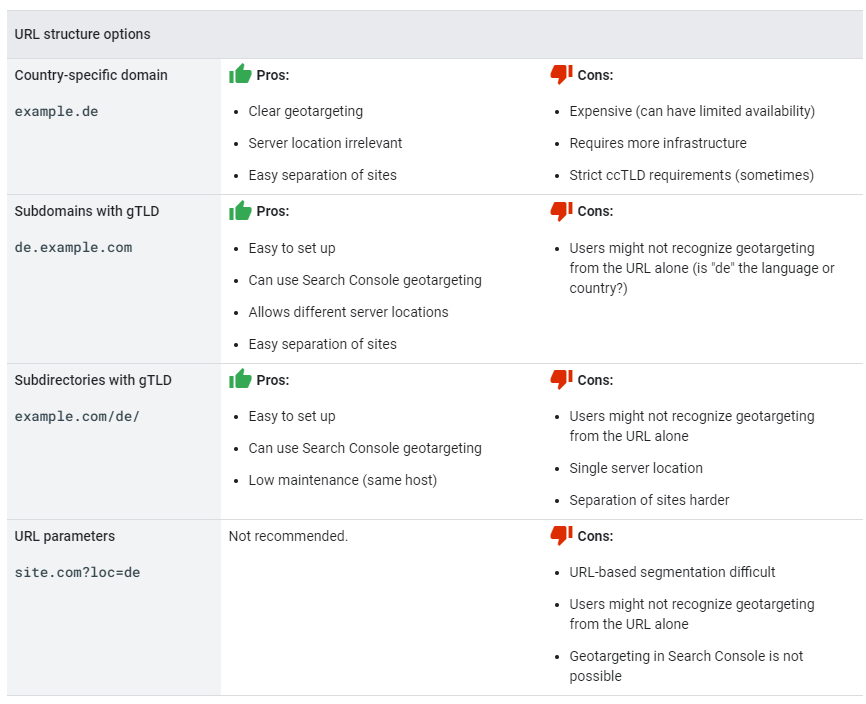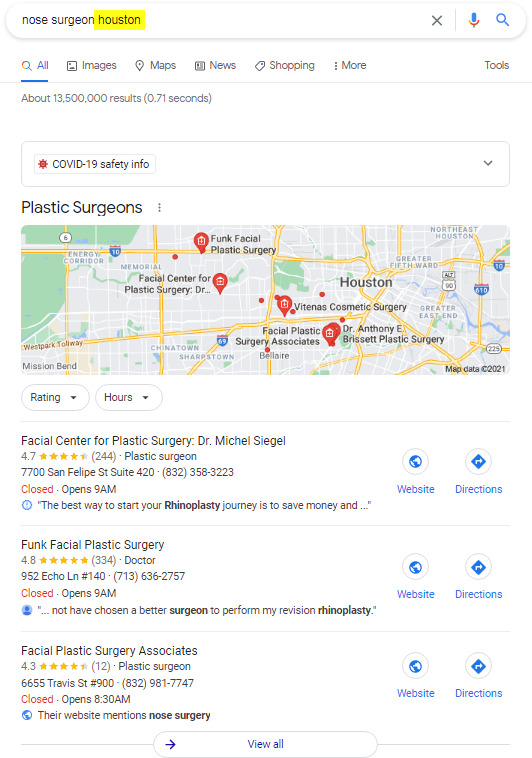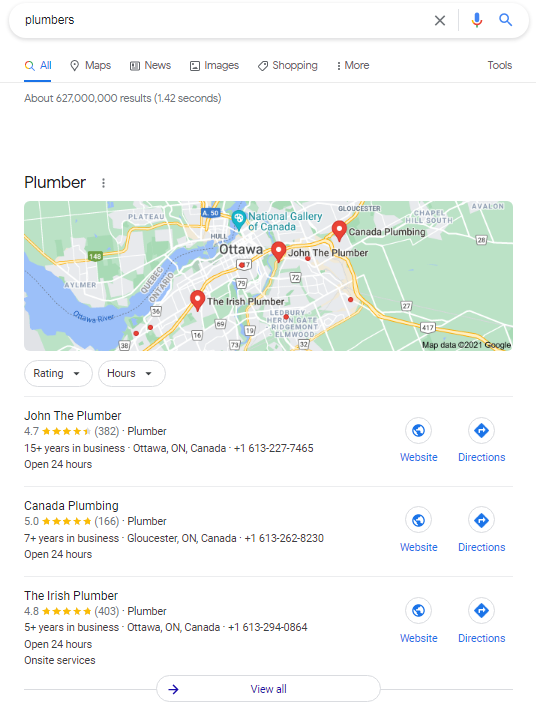30-second summary:
Reddit is the seventh most popular website in the US while Quora has a DR of 91These factors make for great opportunities to build your brand’s online presence and enhance your E-A-T standingThis comprehensive guide helps you take advantage of Quora and Reddit marketing
Get ready to take advantage of the resources that two-third of marketers and SEO specialists miss out on. We’re talking about Quora and Reddit Marketing and you’re about to know how they can bring tons of value to your business.
Raising brand awareness, driving traffic, and diversifying your link profile with useful backlinks – all that is more than feasible with the right, out-of-the-box approach.
Let’s dive right in and take a look at the pros, cons, and everything in-between concerning the promotion of your website on Reddit and Quora.
Content created in partnership withCrowdo
What makes these two solid platforms for SEO and marketing?
According to Alexa, Reddit is the seventh most popular website in the US, surpassing even Wikipedia. It’s a community-based platform with 130K+ niche-based subreddits brimming with highly active users.

Although different from Reddit in terms of structure, Quora is equally worthy of marketers’ attention. It’s a Q&A platform with a DR of 91, making it a highly trustworthy resource, frequently shown in SERP.
Both platforms have strict moderation and high content standards, which means no spamming or self-promotion is allowed. Google is known to favor links from clean unspammed resources, which is why backlinks from either of these platforms will be useful for your backlink portfolio.
Apart from that, expanding your brand’s online presence is crucial for the EAT Google algorithm. This is aimed to provide users with relevant, and useful information.
This is where Quora answers and Reddit comments and posts come into play. Submitting helpful and informative answers can get you far in your promotion strategy, but let’s first start with some theory.
re backlinks from Reddit and Quora useful for SEO?
Many SEO specialists don’t consider Quora and Reddit viable sources for link-building because the backlinks coming from these platforms are nofollow.
Taking into account the myth about the uselessness of nofollow links – nofollow translates into no-good for them.
This misconception is easy to clear up:
Your backlink profile looks suspicious to Google and other search engines if it contains dofollow links exclusively. Diluting it with good nofollow links allows creating an organic-looking and diversified link profile.Google perceives nofollow links as “hints,” which means they still have a positive effect on your promotion. Even Google’s John Mueller confirmed it, just take a look at the tweet below.

How to get the most out of Quora: A step-by-step guide
1. Create a well-thought-out user profile
A thorough and properly formatted user profile is essential for Quora. Your profile should look trustworthy for your answers to be considered valuable and included in the feed. Here are some points you need to include:
Fill out the “About me” section with information about you and your occupation. Don’t shy away from going into details if it can truly benefit your credibility as an expert. But keep in mind that only 50-character-worth of text, including your name, will be shown above your answers. So make sure you make them count.List your fields of expertise by choosing them from the “Knows About” section. Expert replies are deemed more valuable by the Quora algorithm, which in turn increases the chance that your answers will get into the feed and won’t be collapsed.Link your social media accounts in the Settings section. Verified social media accounts add trustworthiness and make it easier to connect with you.Add credentials
You can either copy them from your LinkedIn profile or fill them out and add some more info. “Credentials” is the part of your profile where you can add links to your portfolio, info about previous companies you worked for, your educational background – anything that can make people believe that you are indeed an expert in your field.
Upload a clear and friendly photo of yourself
Profiles with a photo instill more trust and are more relatable for other users. Try to avoid funky pictures or graphics.
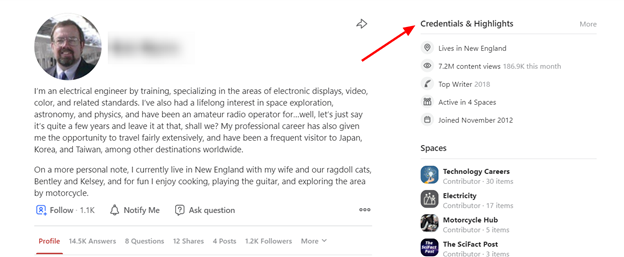
2. Find suitable, niche-related questions
Now that your profile is all set up and looks good, it’s time to get down to business and find relevant questions to showcase the expertise and skills you’ve mentioned.
Start with outlining some keywords, relevant to your niche. You can either do it yourself or you can use a keywords generator tool like SEMRush or Ahrefs.
You can either choose questions with the most views because they’re shown in the feed and get a lot of attention or go for unanswered questions and score a higher chance to get in the top spot.
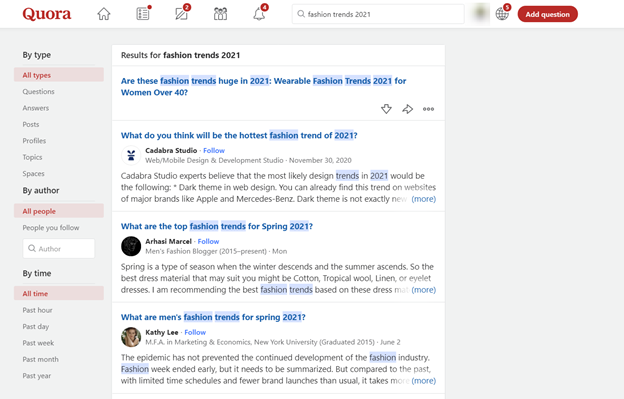
3. Write informative, source-rich, helpful answers
Your answers on Quora should be informative and answer the question directly – include statistics, references, graphics, and other media that can help illustrate your points and give a better insight into the topic you’re covering.
The Quora algorithm filters out irrelevant answers and collapses them. The more expert and in-depth your answer is, the higher the chance that it gets shown in the feed and won’t get collapsed.
As for the length of the answer – short answers usually don’t look authoritative and insightful. The optimal length of your answer should be between 1500 – 2000 characters, at least that’s what we think at Crowdo.
4. Format your answers in an appealing way
Formatting your answer is essential for making it look professional and easy to understand. No matter how much effort you’ve poured into your answer and prior research – if you submit a wall of text, it won’t do.
Answers like these don’t get enough upvotes and are mostly ignored by the viewers. Use all formatting means necessary to make your answer as appealing as possible: bullet points, appropriate headings, quotes – all of it will help your text look clear, engaging, and comprehensible.
5. If you use someone else’s content – indicate the source
Plagiarism is a big no-no on Quora, and it might get you banned. If you use someone else’s content to emphasize/illustrate/prove your point – always indicate the source.
6. Link to your website naturally
Although Quora allows self-promotion, it doesn’t mean that you can blatantly abuse it. Clickbait titles are frowned upon on Quora, and the same goes for obvious begging for clicks, like “Check out my awesome website!”.
The link to your website must be organically inserted in the text and correspond to the context.
For instance, you can present it as something that provides additional in-depth information: “This detailed overview of best digital marketing practices might come in handy to you.”
7. Use authoritative sources to enrich and add authority to your answer
Answers with a single link to your website look suspiciously promotional and don’t instill trust. Try including other topic-related, helpful links from reputable and authoritative sources like Wikipedia, Reddit, YouTube, or others.
It will add a professional touch to your answer and increase its value for the reader.
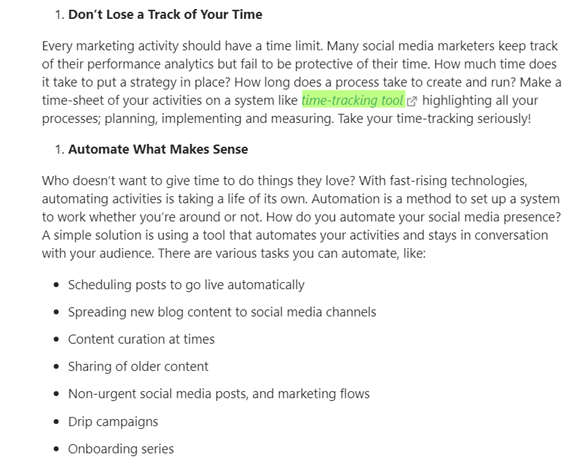
How to avoid collapsed answers?
Sometimes, even if you followed the Quora guidelines to the letter, your answer might get collapsed.
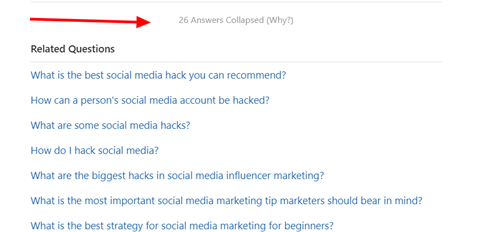
The reasons may vary, from an error in the algorithm that can be corrected by writing a support ticket to a mistake on your part. Let’s take a peek at the most common reasons why answers get collapsed:
Your user profile is lacking trustworthiness
If you haven’t indicated your field of expertise, skipped the credentials and bio description, the Quora algorithm may deem you unfit to answer certain questions due to the lack of trustworthiness of your profile.
Your answers aren’t helpful to the author of the question
Make sure you clearly state the answer to the question.
Posting long text walls containing no definitive answer and brimming with irrelevant links helps no one.
You’re overlinking
A common mistake among those who only start working with Quora is to write as many replies as possible and cram all the links they can think of in their answers.
You have to establish yourself as a trustworthy contributor first, show your expertise and only then strategically insert links into your replies. Start with writing 20+ helpful and informative answers without any links.
Your answers are lacking interaction from other users
If the Quora algorithm detects that your answers have no comments or upvotes, it may deem them unworthy of showing and collapse them.
The ideal way would be to try to benefit the readers as much as possible and get this social traction organically.
The rather “grey” way would be to use other Quora profiles to upvote your answer and increase the view count.
The approach you choose is completely up to you.
Product/service promotion on Reddit: All about Reddiquette and Karma
Being a community-based platform, Reddit pushes you to come to the audience and pour actual value into the content you generate and share. On Reddit, you must be a part of the community if you want to succeed.
Before submitting anything, you need to “get the feel” of what every community is about and tailor the content you contribute to be in line with the customs of each and every subreddit.
Reddiquette
An excellent way to start your marketing campaign on Reddit is to learn its basic rules, aka Reddiquette. Let’s take a quick look at the main ones:
Don’t rush to submit – Easy does it
Reddit algorithm and moderators take into account your profile’s age and authority, aka Karma (more on this later). If you rush to post right after you registered and haven’t even researched the subreddit you’d like to post on – it’s a sure bet that your post will be removed.
Never beg for upvotes
Upvotes and downvotes are used on Reddit to show appreciation or displeasure with posts or comments. Submissions with the highest upvote score rise to the top and may even reach the front page – the holy grail of Reddit. Begging for upvotes is rightfully considered to be a “big no”.
Don’t rely on reposting
Reposting is a common bane on Reddit and involves sharing the content of any type, pictures, gifs, videos previously shared by the original poster on another subreddit. In other words, it’s stealing to get upvotes.
In a few cases, the content is reposted to multiple subreddits if it’s extremely important for all, and the more people see it, the better. But in the vast majority of cases, it’s a dishonest way of obtaining Karma points.
Don’t spam with useless comments
Comments in threads are a perfect place to help the OP (original poster), give advice, joke around, provide some tips. Users share links and provide valuable insights here.
You can use the comment section to your advantage and write helpful answers with a link to your website.
However…sometimes people just share the link. Comments like these are immensely annoying and bring no value to the discussion. They are typically removed by moderators and will likely lead to a shadowban (more on that in a bit).
Karma
Karma is a Redditor’s score determined by the number of upvotes against downvotes their posts and comments received. In other words, Karma is essentially the reflection of the user’s reputation and a trustworthiness indicator.
Some subreddits don’t allow submitting content if one’s Karma score is low. That’s why it’s crucial to spend some time surfing the subreddits, understanding the rules, types of content welcomed in each of your target communities, and contributing helpful and interesting content.
It’s a common mistake among new users to rush into posting with no Karma and include links on top of that. If you do that, there’s a very high chance that your post won’t pass the moderation and will be deleted.
And here comes the shadowbanning that we mentioned earlier. It implies that the posts you submit are visible only to you. Shadowban is used to filter out promotional posts and comments that are made solely for self-advertising purposes.
Marketing on Reddit: Some ground rules
Keep in mind that each subreddit is a close-knit community protective of its habits, rules, and culture. The one thing communities have in common is the absolute hatred towards those whose sole purpose is self-promotion.
Imagine it as a gathering of friends discussing things they like, and that one guy suddenly starts to preach about some irrelevant business and its benefits. It’ll obviously annoy everyone and get your profile banned.
Let’s take a look at how to approach marketing on Reddit the right way:
Grow your Karma by submitting useful content
Learn the ins and outs of every subreddit and contribute content people of the subreddit like to see. The more engaging, useful content you post, the more Karma you’ll generate.
The sure-bet subreddits to grow your Karma are r/aww – for cute pics of animals (no one downvotes these), r/AskReddit – where you can ask literally about anything and everything, or r/explainlikeimfive/ – a helpful and friendly community that rarely downvotes even the most absurd questions.
Remember that your submission history is visible to everyone, and some Redditors make it their point to go through the entire submission history of the person to see if there’s a hint of them being an advertiser.
Once again, don’t go crazy with placing links
It’s not a commonly known fact, but only one in ten of your submissions can contain a link to look natural and be accepted – the rest should be contributed without any links, be it posts or comments.
This ratio is directed at making you contribute more than you take, keeping the benefit of the community above all else. If you exceed this ratio, you’ll be immediately suspected of self-promotion and get a shadowban.
Long story short, be a friendly neighbor and not a salesperson.
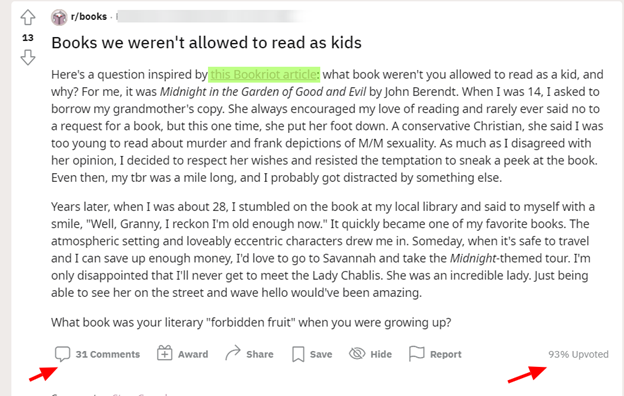
Conclusion
Marketing on Quora and Reddit takes a lot of time and effort, but the benefits for SEO (in terms of increased traffic to your website and backlink portfolio diversification), brand awareness, and ultimately sales boost are equally impressive.
Given the extent of work, competence, and resources needed for successful marketing on these platforms, even experienced marketers leave this task to experienced professionals like Crowdo, who offer a standalone Quora and Reddit Promotion Service.
That being said, hopefully, you’ve just discovered two unexplored marketing channels and got a hint of how to approach them wisely!
The post Quora and Reddit: Powerhouses for SEO and marketing in 2021 appeared first on Search Engine Watch.

